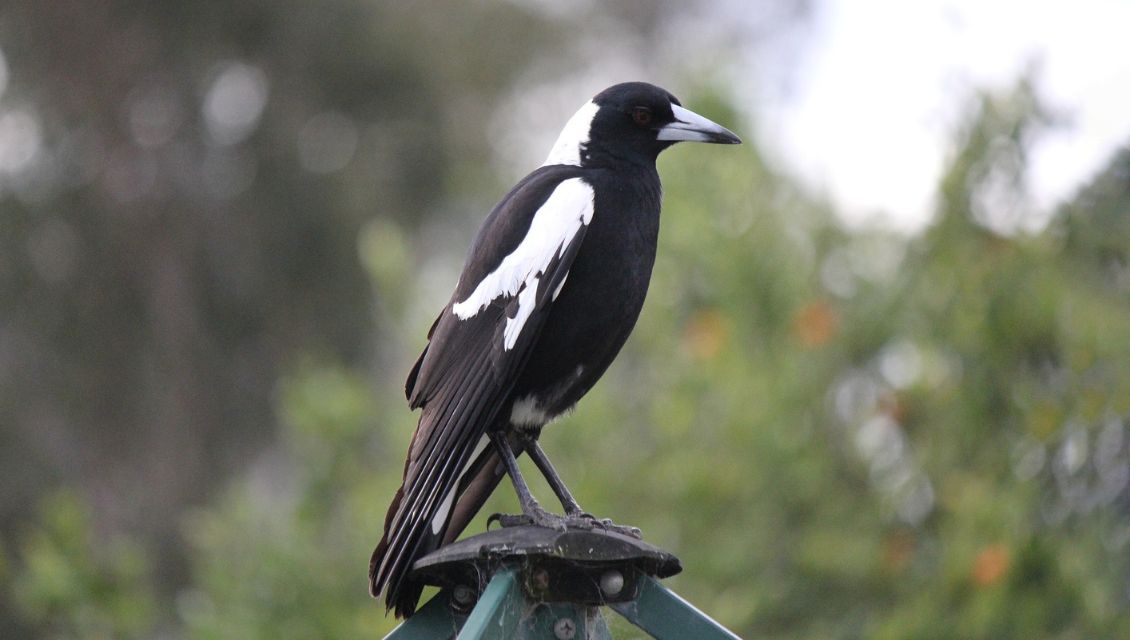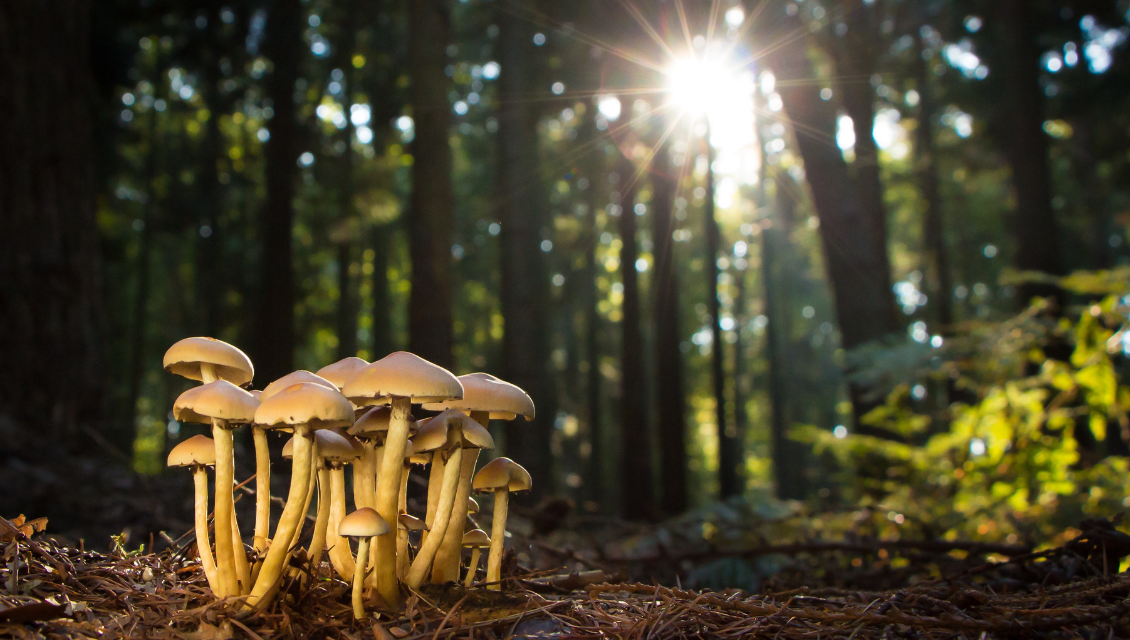
In good news for one of South Australia’s iconic marine species, more than 600,000 giant cuttlefish eggs have hatched in the Upper Spencer Gulf.
The news comes as new legislation to ensure the permanent safeguarding of giant cuttlefish was introduced to Parliament, reinforcing the State Government’s commitment to protecting the cephalopods.
Latest scientific monitoring suggests that more than 600,000 eggs laid on the Cuttlefish Coast – near Whyalla – have already hatched, with more than 90 per cent of the estimated 800,000 eggs expected to hatch by the end of October.
The outcome represents a major environmental and economic win for the Upper Spencer Gulf, where the algal bloom was considered a high risk of harming the unique population.
In recent years the creatures have become a major tourist attraction, with snorkellers and dive rs travelling from across the country and around the world to observe the annual spawning congregation.
rs travelling from across the country and around the world to observe the annual spawning congregation.
The Fisheries Management (Cuttlefish–Northern Spencer Gulf) Amendment Bill 2025 will formalise regulations that prohibit taking cuttlefish in the northern Spencer Gulf. Anyone caught taking giant cuttlefish faces a fine of up to $20,000.
In 2022 the State Government put restrictions in place to protect the species which will be enshrined in law through this legislation.
The legislation will provide greater certainty and permanency for the ban, while maintaining existing allowances for scientific research and monitoring through a permit system.
The Department for Environment and Water and South Australian Research and Development Institute has been monitoring Cuttlefish Coast, including tracking the algal bloom’s movement with twice-weekly water quality testing at multiple sites and observing cuttlefish egg development rates.
An estimated 64,000 giant cuttlefish bred at Point Lowly between May and August, with eggs hatching between September and November.
This season’s juveniles will now migrate from Cuttlefish Coast into the Upper Spencer Gulf region before returning as adults to the same spawning ground the next year.
To mitigate the risk of the harmful algal bloom, the State and Federal governments invested in a bubble curtain as an insurance policy to help shield about 50,000 to 80,000 cuttlefish eggs.
It was the first time the technology, which creates an underwater barrier to mitigate the effects of algal blooms, had been trialed in South Australia.
The bubble curtain will remain available in the Upper Spencer Gulf for use in subsequent giant cuttlefish hatching seasons.







